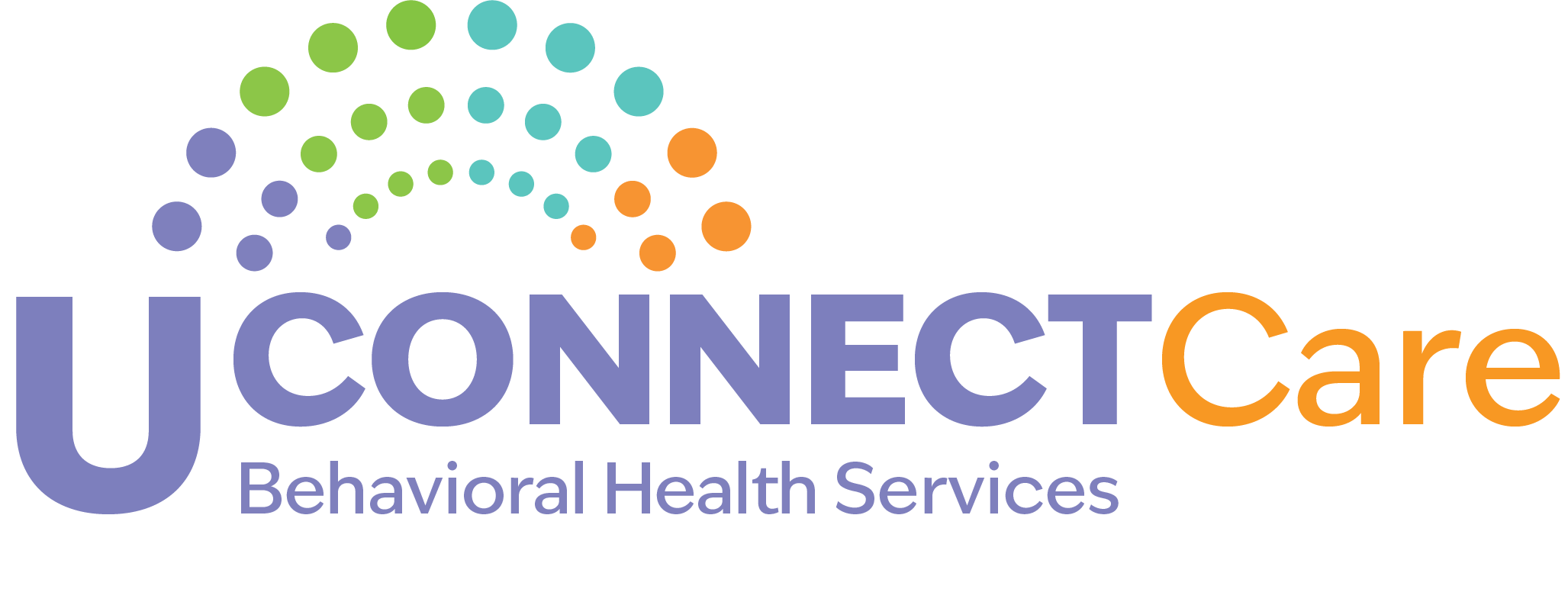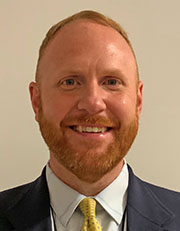By Mike Pettinella
The local public health director says there is no time to waste in the effort to combat the opioid epidemic in Orleans County.
“The opioid epidemic has become a very urgent and serious public health and safety issue, and, without question, the entire human services network needs to come together to prevent more overdoses and deaths,” said Paul Pettit, public health director for Genesee and Orleans counties. “This has been something that has continued to play in our community over the last six plus years now and has become an issue that we’ve really focused in on.”
Pettit said the health department works in collaboration with substance use agencies, such as Genesee/Orleans Council on Alcoholism and Substance Abuse, along with mental health clinics and law enforcement to prevent overdoses. And, that work is becoming more and more challenging.
Opioids, whether it be heroin or prescription drugs such as Oxycodone, are being laced with fentanyl, a lethal synthetic substance being smuggled into the United States through cartels based in Mexico.
Last year, more than 100,000 Americans lost their lives due to fentanyl, which, on average, is about 50 times stronger than heroin and 100 times stronger than morphine. A dose as small as 2 milligrams can be deadly.
“Originally used as a prescription painkiller, fentanyl quickly became a popular choice for drug abuse because of its strength compared to other substances.” said UConnectCare Executive Director John Bennett. “Counterfeit Percocet, Oxycontin, and other drugs often contain fentanyl.”
Pettit agreed, adding that drug dealers are pushing fentanyl, which is cheaper and easier to access,” he said. “Many of the opioid-related fatalities and overdoses are showing fentanyl in the autopsy results. Now, that’s the number one killer and, hopefully, we will be able to get ahead of it, build capacity and put systems in place to help folks that are struggling with addiction.”
In Orleans County, 27 people died from opioid overdose from 2017-21. In 2018, the rate of overdose deaths jumped to 27.1 per 100,000 – much higher than state and national averages. That number prompted health department officials and others to allocate more resources to the problem.
“Sadly, today, drug overdose is actually the leading cause of injury mortality in the United States,” Pettit said.
Digging deeper into the data for the county, in 2020, 26 people were treated in hospital emergency rooms for opioid overdoses, and in 2021, that number increased to 31.
More than 450 Orleans County residents were admitted to New York State Office of Addiction Supports and Services-certified treatment programs over the past three years – 73 in 2019, 228 in 2020 and 174 in 2021. It should be noted that the numbers in 2020 and the first part of 2021 were not typical due to COVID-19.
In a move to increase awareness and community action, the health department helped institute the GOW Opioid Task Force, a three-county initiative to inform the public of the dangers of opioids and to develop strategies to deter use of opioids.
“We have put together an annual Community Health Improvement Plan, working with our healthcare systems, and have identified MEB, which is mental, emotional and behavioral health, as one of the focus areas,” Pettit reported. “And the primary reason for that was really around the drastic spike in opioid related overdoses and overdose deaths.”
Pettit said his department has enlisted services of epidemiologists “to get a handle on real-time data and to try to understand what’s going on in the community.”
“That’s why we’ve really focused in on this area and when we do get grants – when we have the opportunity to invest resources, we’re doing it where we’re going to get the most bang for the buck.”
He said that training more people in how to administer Naloxone to reverse an overdose is crucial to the task force’s success.
“We know that Naloxone training — getting more of that out in the community — saves lives. So, we’re working to get it into people’s homes and into businesses. We’re working to expand Naloxone across the community, replicating a program that already is in place in Genesee County,” he said.
Pettit said the health department supports the Public Service Assisted Addiction & Recovery Initiative in Genesee County – a partnership between substance use providers and law enforcement – and would hope that a similar program could be established in Orleans County.
“That, plus the placement of Naloxone boxes that we’re trying to replicate here in Orleans County,” he said. “I’ve been talking with the sheriff and other law enforcement to see if there’s something we can potentially roll out here but we’re not quite there yet. Maybe we’ll start a pilot test program and go from there. It’s definitely worth the time and effort.”

